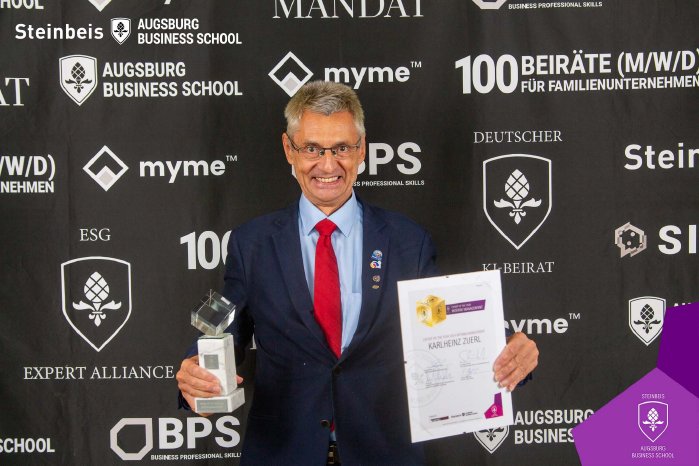"We automated our assembly line in China (Tianjin). How did we ensure a seamless integration?"
Karlheinz Zuerl's work in China shows that integrating automation into assembly lines doesn't have to be intimidating.
He recounts the process at his company, a factory branch of an Italian company in Tianjin, northern China:
"To make the transition to automation seamless, we first launched a pilot program that not only rigorously tested the systems, but also prepared employees for the new challenges. At the same time, clear communication channels were established to facilitate feedback and support. Regular maintenance schedules were also strategically planned to avoid unnecessary downtime.
How did you manage automation in your work environment?
"After many years in production, one thing became crystal clear: automation is not a sprint, but a marathon - each step must be carefully planned and implemented to successfully cross the finish line.
In six exciting steps, the team laid the groundwork for a smooth transition and long-term success:
Step 1: The first step was a thorough review of existing processes. Which ones were ripe for automation? This question opened up exciting new possibilities.
Step 2: A pilot project was launched as a test run, a kind of dress rehearsal that helped us identify and address potential stumbling blocks early on.
Step 3: Next, the team was trained on the new technology through targeted training sessions to ensure that everyone was comfortable with the automation.
Step 4: Safety was a top priority. All safety protocols were updated to meet the high standards of automation.
Step 5: Bringing experts on board was key to success. Their experience and expertise provided valuable insights and helped us design the process with foresight.
Step 6: But that was just the beginning - monitoring and continuously optimizing the processes became routine. This kept us flexible and allowed us to respond quickly to changes.
One aspect not to be underestimated was communication. It became the heart of the process. Open feedback channels ensured that every voice was heard and every concern, no matter which part of the company it came from, was addressed.
"We created an atmosphere where everyone felt safe as the changes took place," says the Interim General Manager in Asia with pride.
He goes on to explain the importance of HR in his company:
"HR was our hero in this story. Without their support, the human dimension of automation would have been lost. Instead, we turned the tables - we adapted automation to people, not the other way around.
How? By:
Putting the needs and preferences of our employees first,
Designing an automation system that brings people and machines together in harmony,
Providing training that not only imparts knowledge but also builds confidence,
Introduced automation gradually and carefully, so that each step was clear and understandable,
Encourage the courage to give feedback and reinforce positive transitions.
With this human-centered approach, we created a work environment where technology enhanced rather than hindered performance.
The result?
A smooth and nearly uninterrupted integration.
Automation presented many challenges for the manager, but it was also a fascinating journey. Technical aspects such as software, technology, hardware, and communications were gradually aligned with management goals.
He points out: "But the whole process was not a one-off effort, but an iterative process that thrived on feedback, adaptation, and continuous learning. Human resources were strategically aligned with each implementation phase, allowing the team not only to acquire new skills, but also to share the lessons learned. A shared learning process that drove further success".
The Interim Manager can be reached at +66636780790 (Thailand), +491707680560 (Germany), +8613482438080 (China), and by email at contact@gtec.asia.




